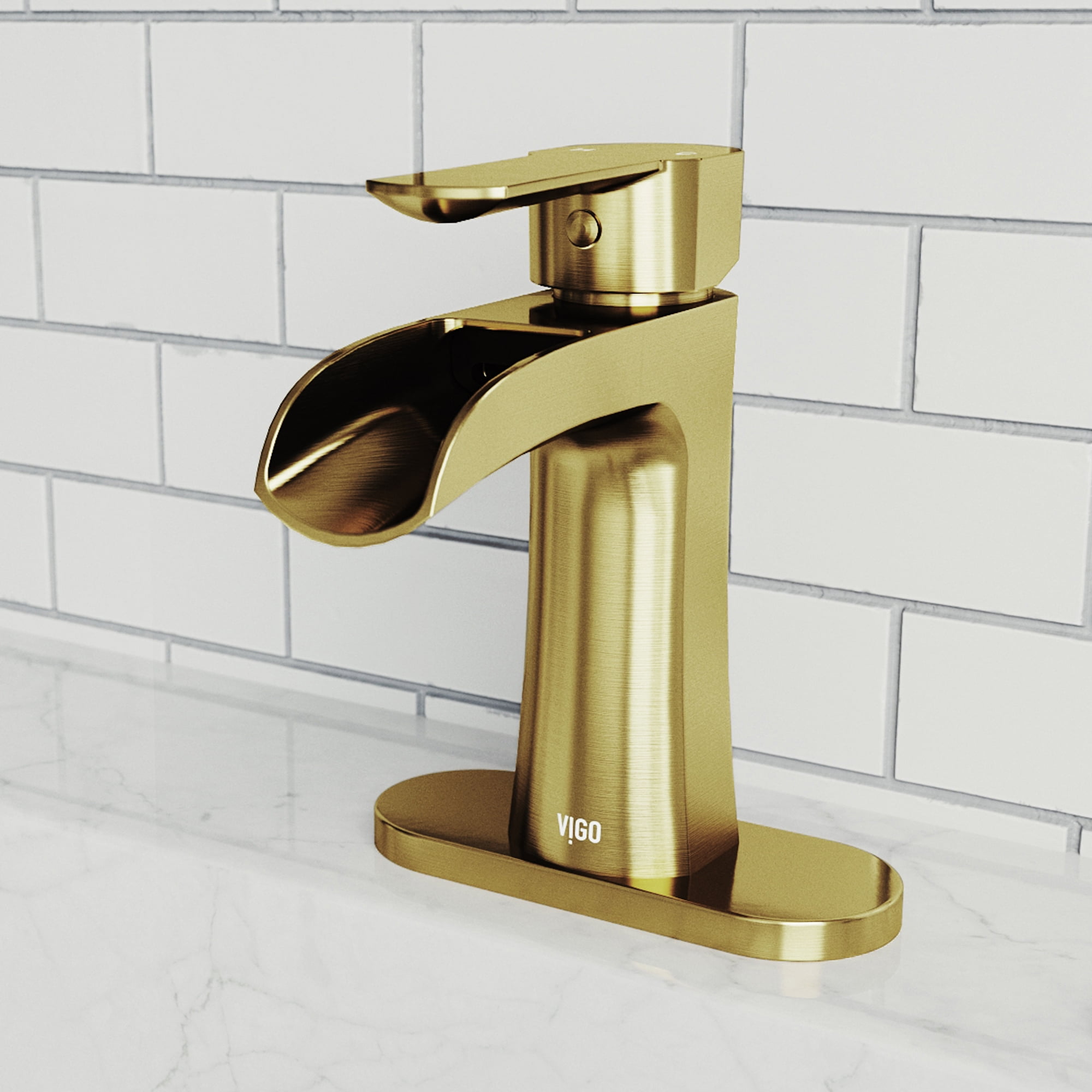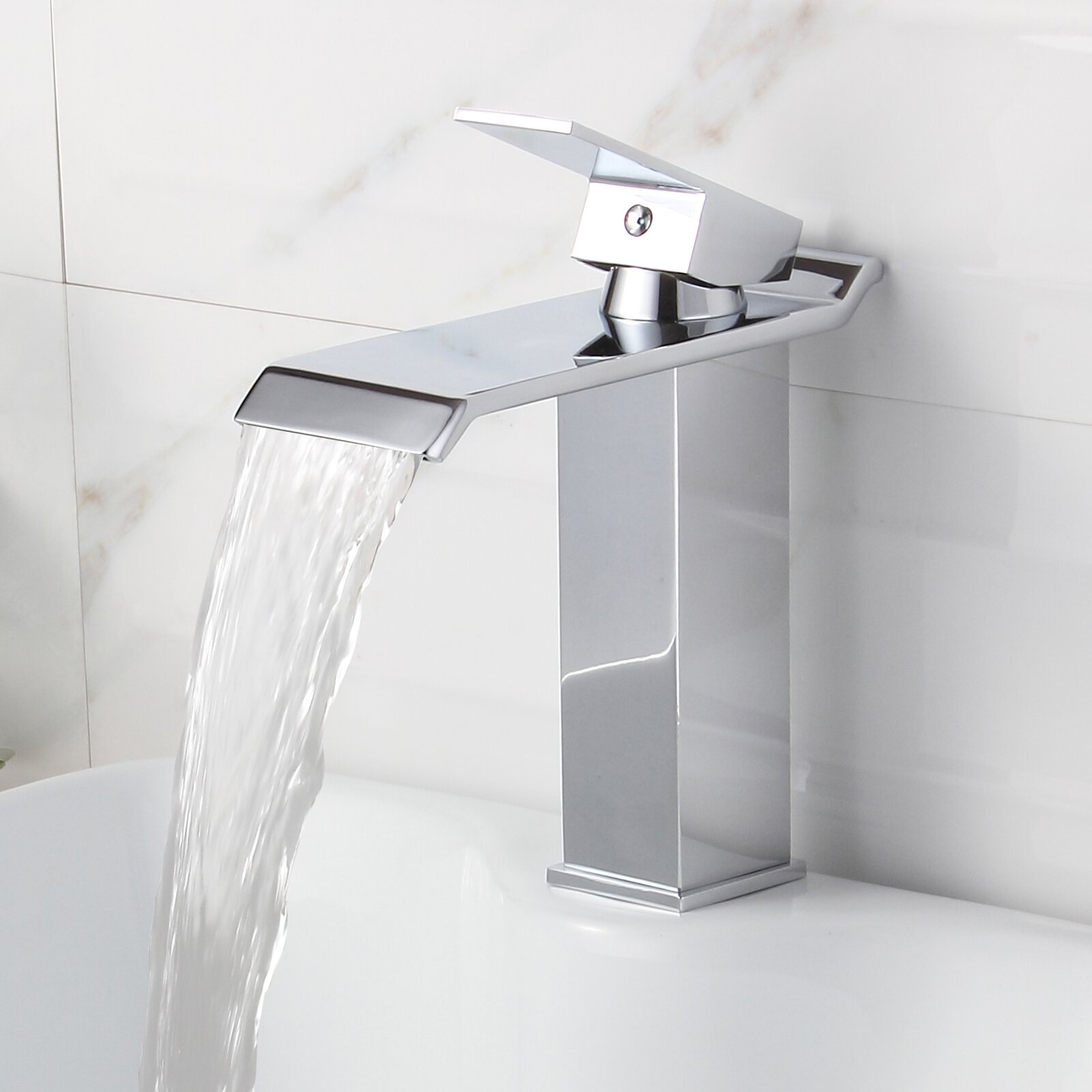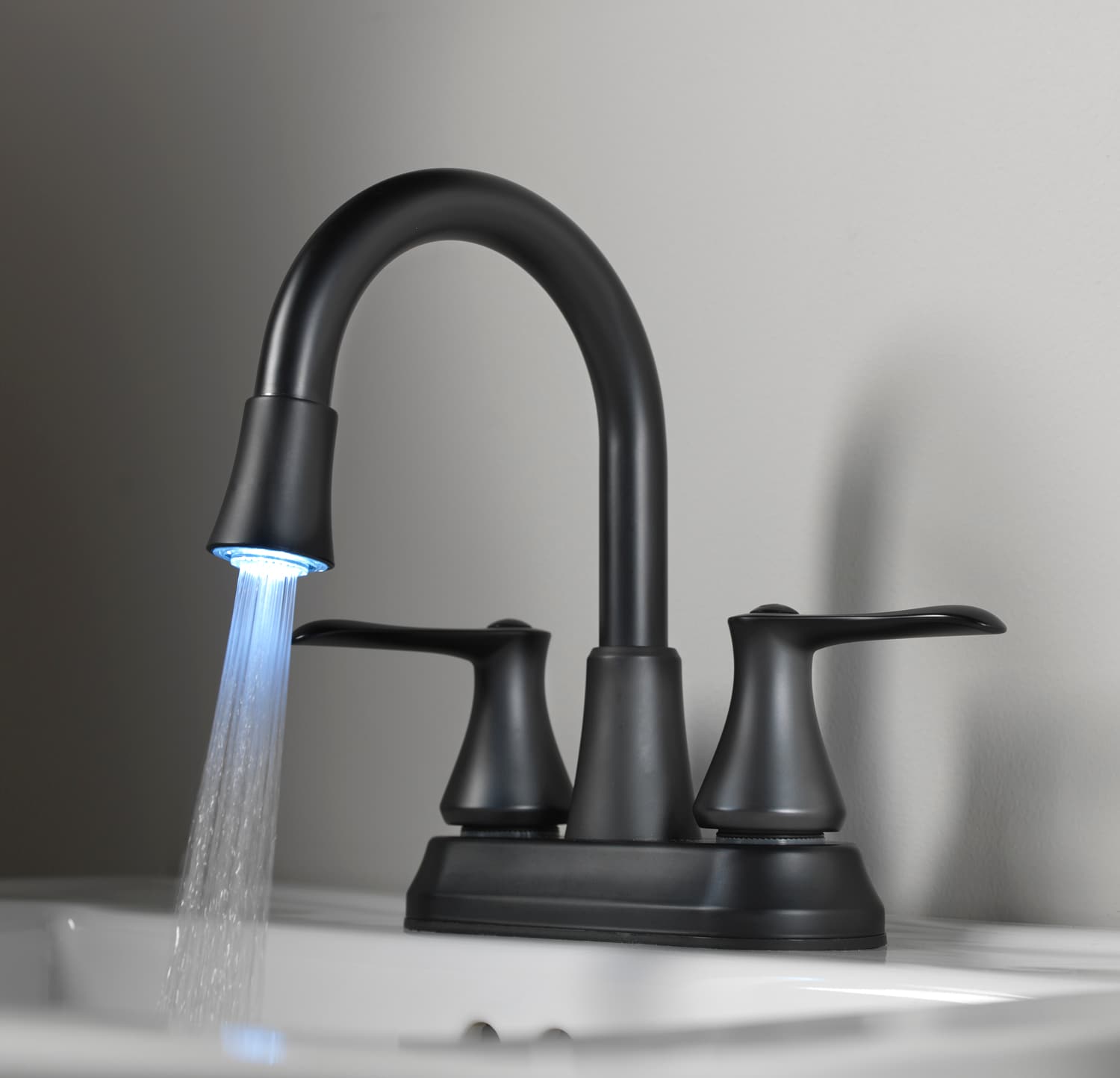Bathroom Tap Styles and Designs: Home Hardware Bathroom Taps

Choosing the right bathroom taps can significantly impact the overall look and feel of your bathroom. With a wide variety of styles available, it’s important to consider your personal preferences and the overall design aesthetic of your bathroom.
Modern Bathroom Taps
Modern bathroom taps are known for their sleek and minimalist designs. They often feature clean lines, geometric shapes, and a focus on functionality. Modern taps typically come in a range of finishes, including chrome, brushed nickel, and matte black.
- Handles: Modern taps often feature lever handles for easy operation.
- Spout Shapes: Modern taps often feature a variety of spout shapes, including square, rectangular, and cylindrical.
- Advantages: Modern taps are known for their clean lines, contemporary look, and ease of use.
- Disadvantages: Modern taps can be more expensive than traditional styles.
Traditional Bathroom Taps
Traditional bathroom taps evoke a sense of timeless elegance. They often feature ornate details, such as cross handles, and classic finishes like polished brass or chrome.
- Handles: Traditional taps often feature cross handles, which can add a touch of sophistication to the bathroom.
- Spout Shapes: Traditional taps often feature a variety of spout shapes, including curved, swan neck, and waterfall styles.
- Advantages: Traditional taps are known for their classic look, durability, and wide range of finishes.
- Disadvantages: Traditional taps can be more expensive than modern styles, and they may not be as easy to clean.
Contemporary Bathroom Taps
Contemporary bathroom taps blend modern and traditional elements. They often feature a sleek and sophisticated design, but with a touch of classic charm.
- Handles: Contemporary taps often feature lever handles, but they may also feature cross handles or a combination of both.
- Spout Shapes: Contemporary taps often feature a variety of spout shapes, including square, rectangular, and curved styles.
- Advantages: Contemporary taps offer a balance of modern and traditional aesthetics, and they are typically more affordable than traditional taps.
- Disadvantages: Contemporary taps may not be as versatile as modern or traditional styles, and they may not be as durable.
Minimalist Bathroom Taps
Minimalist bathroom taps are designed to be as simple and understated as possible. They often feature clean lines, geometric shapes, and a focus on functionality. Minimalist taps typically come in a range of finishes, including chrome, brushed nickel, and matte black.
- Handles: Minimalist taps often feature lever handles, but they may also feature touch-activated controls.
- Spout Shapes: Minimalist taps often feature a variety of spout shapes, including square, rectangular, and cylindrical styles.
- Advantages: Minimalist taps are known for their sleek and modern look, and they are typically easy to clean.
- Disadvantages: Minimalist taps can be more expensive than other styles, and they may not be as durable.
Bathroom Tap Functionality and Features

Bathroom taps are more than just fixtures for turning water on and off. They play a crucial role in your daily routine, offering various functionalities and features that enhance your bathroom experience. Understanding these features can help you choose the perfect tap for your needs.
Hot and Cold Water Control
Bathroom taps are designed to control the flow of both hot and cold water. They typically have two separate handles, one for hot and one for cold. By adjusting the handles, you can mix the water to achieve the desired temperature.
Flow Rate Regulation
Bathroom taps also regulate the flow rate of water. This means you can adjust the volume of water coming out of the tap. Most taps have a built-in flow restrictor that limits the maximum flow rate, conserving water and preventing splashing.
Water-Saving Technologies
Modern bathroom taps often incorporate water-saving technologies to reduce water consumption without compromising performance. These technologies include:
- Aerators: These small devices attach to the end of the spout and mix air with water, creating a larger, more forceful stream while using less water. This results in a luxurious showering experience while saving water.
- Flow Regulators: These devices restrict the maximum flow rate of water, limiting water usage without affecting water pressure.
- Water-Saving Spouts: Some taps have specially designed spouts that create a more efficient water flow, reducing splashing and waste.
Sensor Taps
Sensor taps are a modern and hygienic option. They use sensors to detect hand movement and automatically turn the water on and off. This eliminates the need to touch the tap, reducing the spread of germs.
- Benefits: Sensor taps are hygienic, convenient, and water-saving, as they only dispense water when needed.
- Limitations: They can be more expensive than traditional taps and may require batteries or an external power source.
Thermostatic Taps, Home hardware bathroom taps
Thermostatic taps are designed to maintain a constant water temperature, even if the water pressure fluctuates. They have a built-in thermostat that regulates the flow of hot and cold water to ensure a consistent temperature.
- Benefits: Thermostatic taps provide a safe and comfortable showering experience, especially for children and elderly individuals. They prevent scalding and ensure a consistent temperature even when water pressure changes.
- Limitations: They can be more expensive than traditional taps and may require regular maintenance to ensure proper functionality.
Mixer Taps
Mixer taps combine hot and cold water streams to create a single, mixed water flow. They are widely used in bathrooms and kitchens, offering a convenient and efficient way to control water temperature.
- Benefits: Mixer taps are versatile, allowing you to easily adjust water temperature to your liking. They are also relatively affordable and easy to install.
- Limitations: They may not offer the same level of temperature control as thermostatic taps, and water temperature can fluctuate depending on water pressure changes.
Bathroom Tap Installation and Maintenance

Installing and maintaining your bathroom taps is crucial for ensuring a smooth and efficient water supply. This section will guide you through the process, from initial installation to troubleshooting common issues.
Installing Bathroom Taps
Installing bathroom taps can be a DIY project for those with basic plumbing knowledge. However, it’s essential to understand the steps involved and the necessary precautions.
- Shut Off the Water Supply: Before you begin, turn off the water supply to the area where you’re working. This is typically done by locating the main water valve and turning it clockwise until it stops.
- Prepare the Pipes: Once the water is off, you’ll need to prepare the pipes for the tap installation. This involves removing any old tap or fittings, cleaning the pipes, and ensuring they are in good condition.
- Connect the Tap to the Pipes: Using appropriate fittings and sealant, connect the tap to the pipes. Make sure the connections are secure and there are no leaks.
- Test for Leaks: After connecting the tap, turn the water supply back on and carefully check for any leaks. Tighten any loose connections if necessary.
Maintaining Bathroom Taps
Regular maintenance is essential for extending the life of your bathroom taps. Here are some key practices:
- Clean Regularly: Wipe down the tap with a damp cloth to remove dirt and grime. For stubborn stains, use a mild cleaning solution and avoid abrasive cleaners that can scratch the finish.
- Lubricate Moving Parts: Apply a small amount of silicone lubricant to the moving parts of the tap, such as the handle and spout, to ensure smooth operation. This will also prevent squeaking and other noises.
- Check for Leaks: Periodically check for leaks around the base of the tap and the connection points. If you notice any leaks, tighten the connections or replace any worn-out washers.
Troubleshooting Common Issues
While bathroom taps are generally reliable, they can sometimes experience problems. Here are some common issues and their potential solutions:
- Dripping Tap: A dripping tap is often caused by a worn-out washer. To fix this, turn off the water supply, remove the tap handle, and replace the washer.
- Low Water Pressure: Low water pressure can be caused by a variety of factors, including clogged pipes, a faulty aerator, or a problem with the main water supply. To troubleshoot, check the aerator for blockage, and inspect the pipes for any obstructions.
- Leaky Tap: If the tap leaks from the base, the problem could be a loose connection, a worn-out O-ring, or a damaged cartridge. To fix this, tighten the connections, replace the O-ring, or replace the cartridge.
